Angela Hewitt (Musica Viva) ★★★★★
Canadian-born pianist Angela Hewitt is well known to Australian audiences through her regular visits and her memorable performances and recordings of Johann Sebastian Bach’s keyboard repertoire. Her legendary performances of Bach, encompassing superb playing and thoughtful and considered interpretation, have demonstrated how successful harpsichord music can sound on the modern instrument. While not seeking to imitate the harpsichord in any way, Hewitt has created a style that is sensitive to the eighteenth-century idiom, without the extremes and idiosyncrasies of her famous compatriot and Bach specialist, Glenn Gould.
Hewitt’s current Australian tour with Musica Viva features two different programs. The first opens with two of Bach’s Partitas; after interval we have Scarlatti, Ravel, and Chabrier. The second program combines Partitas no. 1 and no. 2 and two sonatas by Beethoven. Sensibly, Hewitt does not want to be pigeonholed in the Baroque repertoire.
Continue reading for only $10 per month. Subscribe and gain full access to Australian Book Review. Already a subscriber? Sign in. If you need assistance, feel free to contact us.



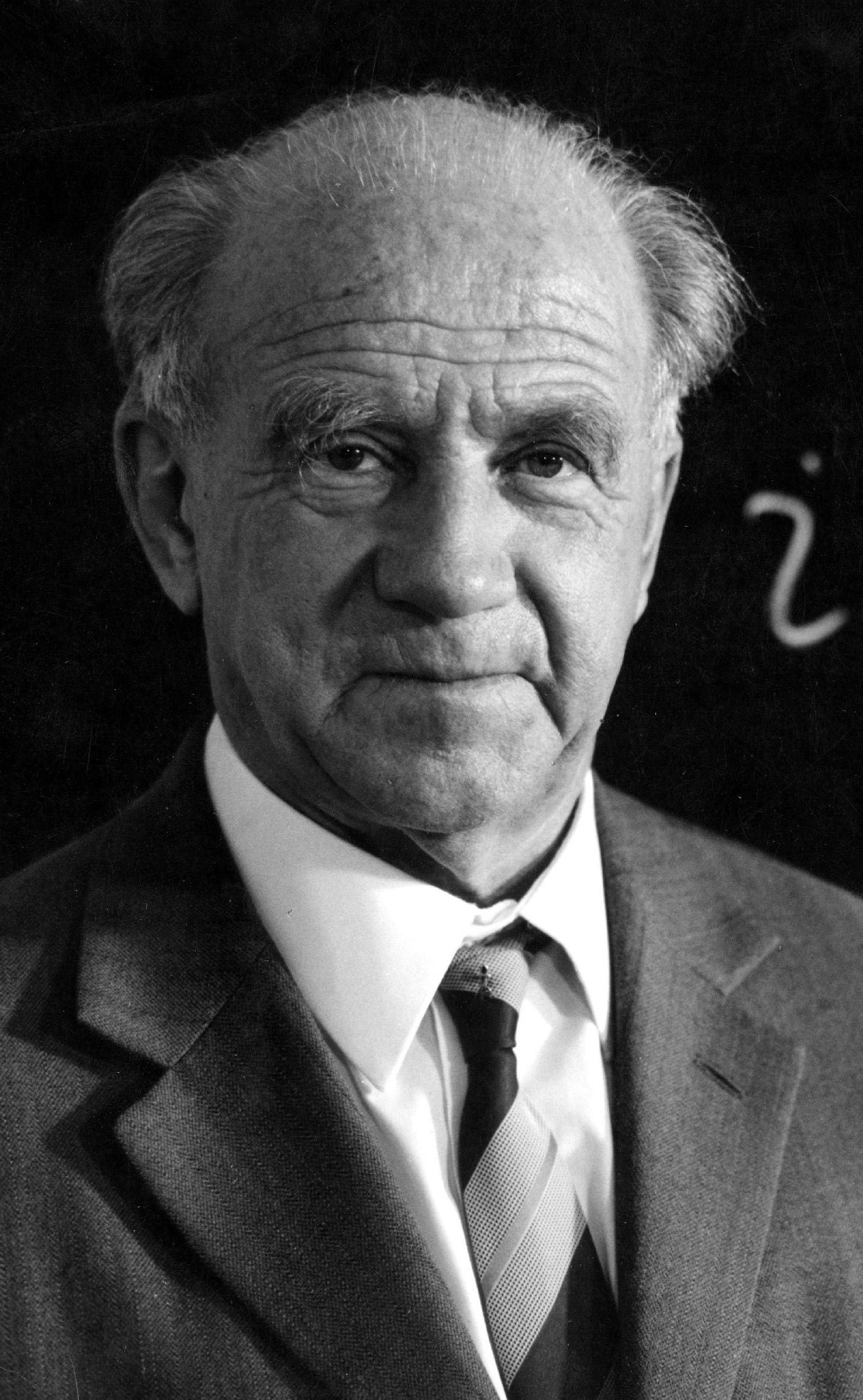

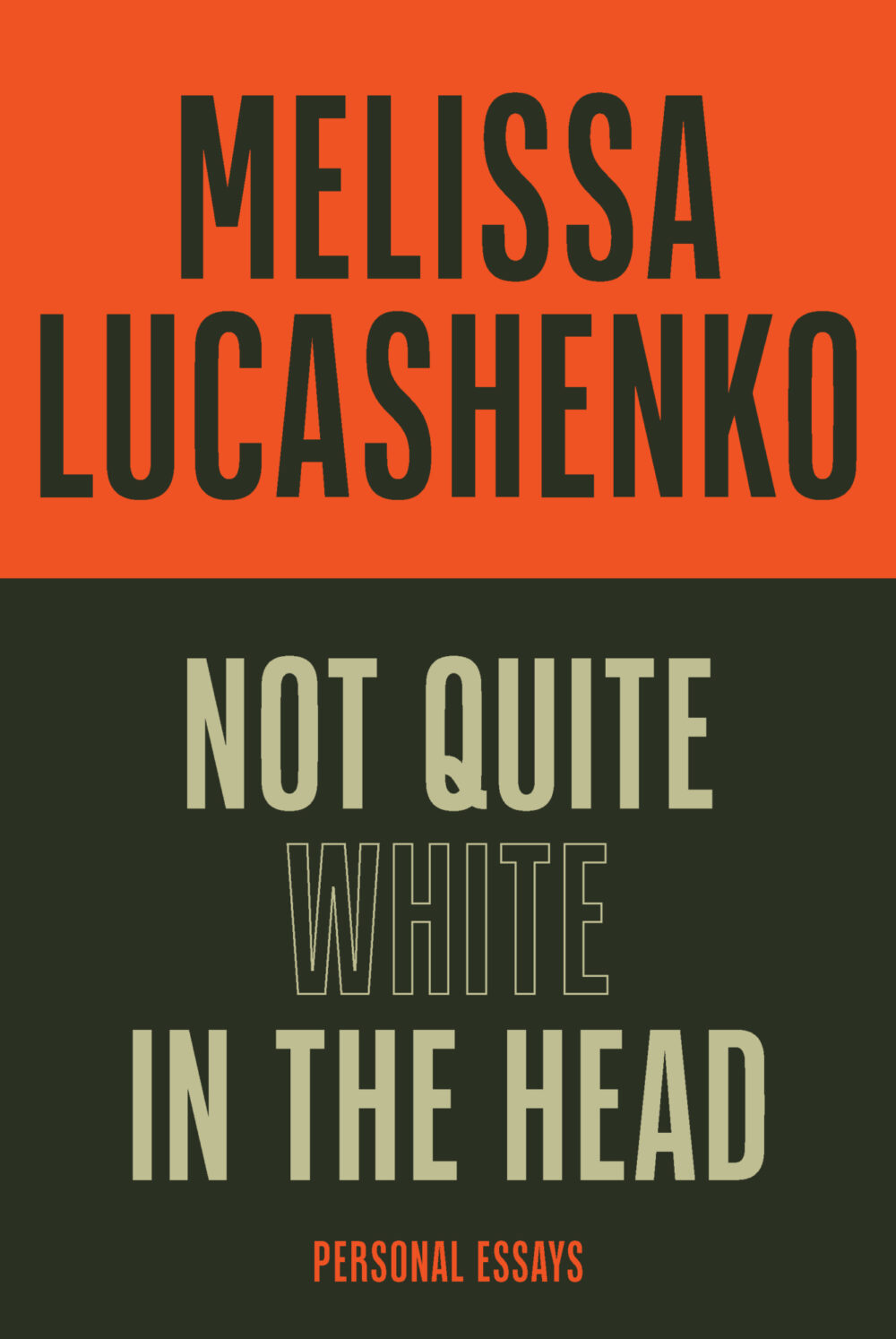
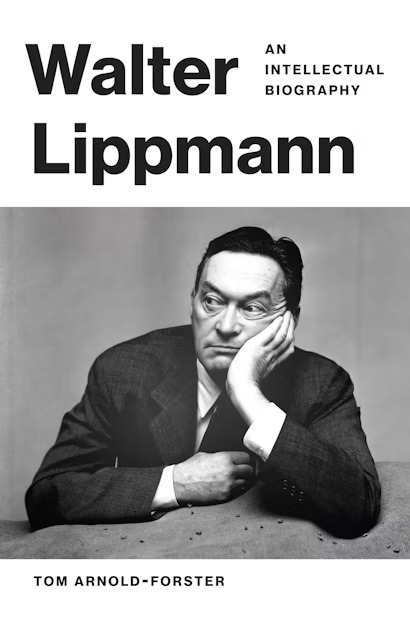
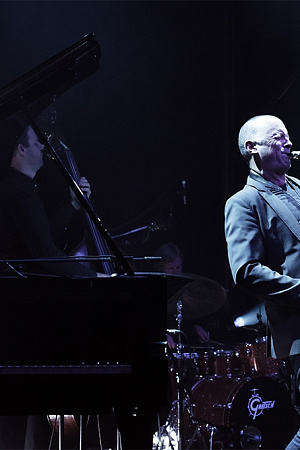
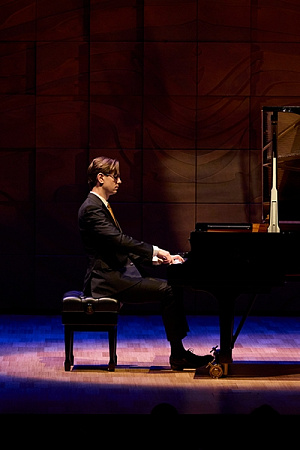
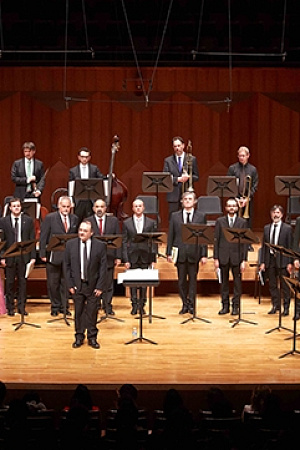
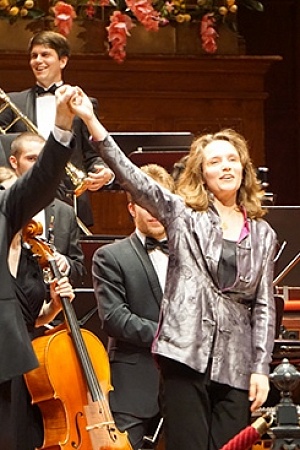
Leave a comment
If you are an ABR subscriber, you will need to sign in to post a comment.
If you have forgotten your sign in details, or if you receive an error message when trying to submit your comment, please email your comment (and the name of the article to which it relates) to ABR Comments. We will review your comment and, subject to approval, we will post it under your name.
Please note that all comments must be approved by ABR and comply with our Terms & Conditions.